Yala Safari Peak Seasons
Discover the best times to go on safari in Yala National Park, Sri Lanka. Learn about seasonal considerations, peak times for wildlife sightings, and tips for planning your visit.

-
Introduction
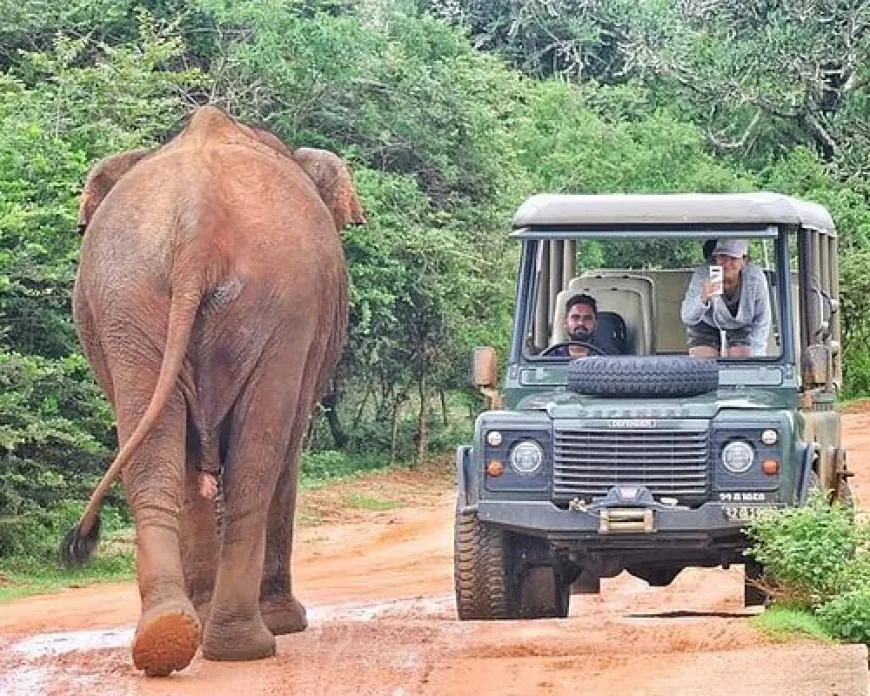
Yala National Park, Sri Lanka's premier wildlife destination, offers year-round safari opportunities, but the best time to visit is during the dry season from February to June. According to local experts, this period provides optimal conditions for wildlife spotting, particularly for leopards, with February and March considered peak months for sightings.
-
Yala Safari Essentials
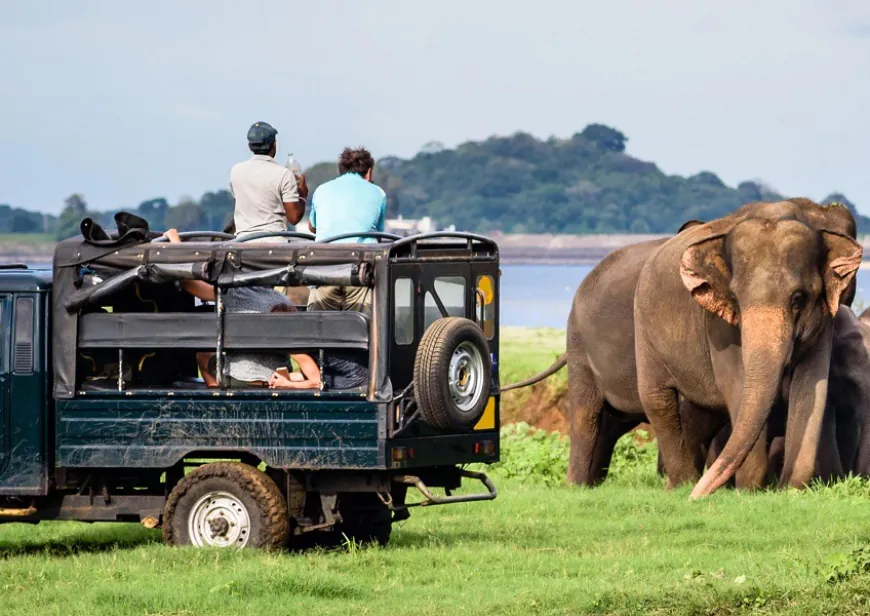
Timing is crucial for an optimal safari experience in Yala National Park, as seasonal changes significantly impact wildlife behavior and visibility. The park's climate and seasonal patterns play a key role in determining the best times for wildlife viewing:
- Yala National Park experiences a dry tropical climate with distinct dry and wet seasons.
- The average temperature in the park is 26.4°C (79.5°F).
- The climate is dry for most of the year.
- Two monsoon seasons affect the region:
- Northeast monsoon from October to January.
- Southwest monsoon from May to July (less impact on Yala).
- The dry season typically runs from February to June.
- Wildlife viewing is generally better during the dry season when animals gather around water sources.
- The park may close in September for maintenance and rejuvenation.
Understanding these climate patterns helps visitors plan their safari to coincide with the most favorable conditions for wildlife observation. The dry season often provides the best opportunities for spotting animals, especially near water sources, while the wet season can offer lush landscapes but potentially more challenging viewing conditions.
-
Seasonal Wildlife Patterns
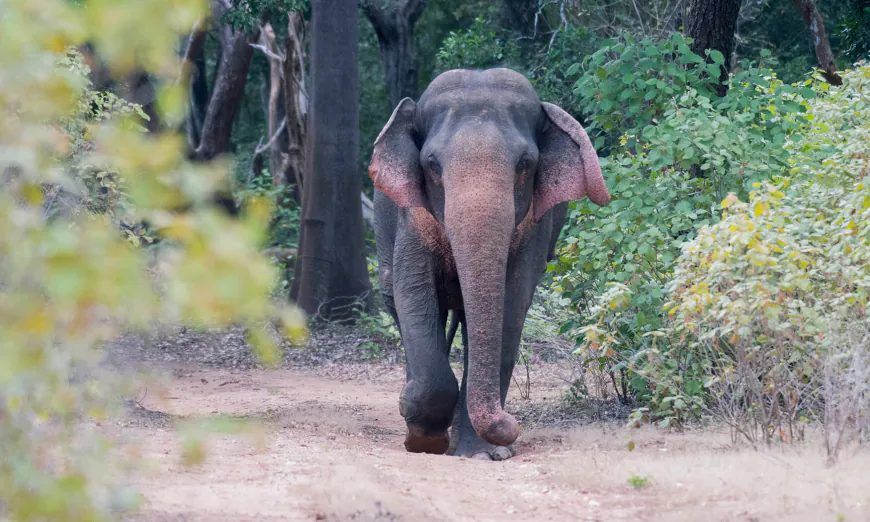
The seasonal changes in Yala National Park significantly impact wildlife behavior and visibility, offering unique experiences throughout the year. Here's a breakdown of the key seasons and their characteristics:
Season Months Characteristics Dry Season February to July - Lower water levels, Animals gather around waterholes,Increased wildlife visibility, Best time for leopard sightings (May-July), Peak wildlife activity (May-September) Monsoon Season November to February - Lush, green landscapes,Arrival of migratory birds,Challenging conditions for wildlife viewing, Some areas may become inaccessible Transition Periods August to October - Shoulder season with fewer tourists, Thicker vegetation, Park closure in September for maintenance The dry season (February to July) is considered the best time for wildlife viewing in Yala National Park. As water sources become scarce, animals congregate around remaining waterholes, increasing the chances of sightings. This period is particularly favorable for spotting leopards, with May to July offering the highest likelihood of encounters.
During the monsoon season (November to February), the park transforms into a lush, green landscape. While this period presents more challenging conditions for wildlife viewing due to dense vegetation and occasional heavy rains, it offers unique opportunities for bird enthusiasts. Migratory birds from the northern hemisphere visit the park during this time, making it ideal for birdwatching.
The transition periods, particularly August to October, serve as a shoulder season with fewer tourists. While the vegetation may be thicker, patient observers can still enjoy wildlife sightings. It's important to note that Yala National Park typically closes in September for annual maintenance and rejuvenation.
Each season in Yala National Park offers distinct advantages for wildlife viewing. The dry season provides optimal conditions for spotting large mammals, while the monsoon season showcases the park's lush beauty and diverse birdlife. Visitors should consider their specific interests and priorities when planning their safari to make the most of Yala's seasonal offerings.
-
Wildlife Viewing Hotspots
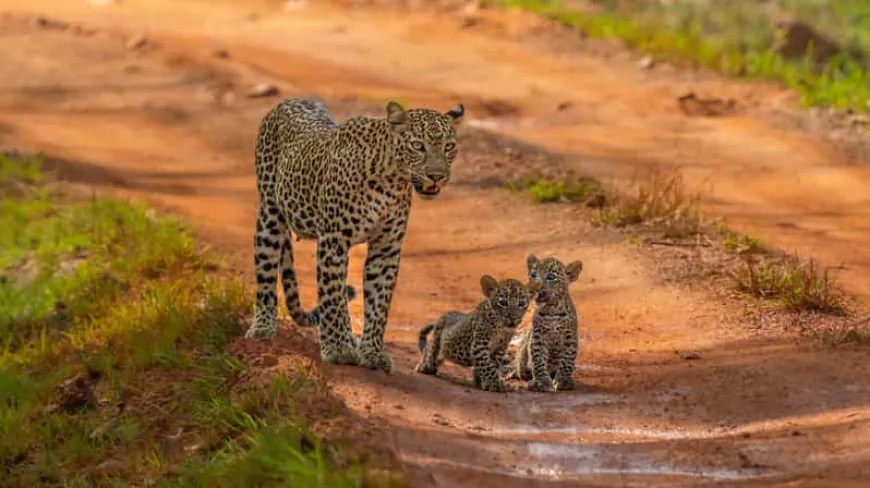
The peak times for wildlife sightings in Yala National Park vary depending on the species and season. Understanding these patterns can significantly enhance your safari experience.
Wildlife Best Months Peak Activity Times Leopards February - July Dawn and dusk Elephants May - September Early morning and late afternoon Sloth Bears May - July Early morning Migratory Birds November - April Throughout the day General Wildlife Mid-April - August Early morning and late afternoon The period from mid-April to August is considered the best overall time for wildlife viewing in Yala National Park. During these months, the dry conditions cause animals to congregate around water sources, increasing the chances of sightings. Leopards, the park's star attraction, are best spotted from February to July, particularly around waterholes during the dry season.
Sloth bears have a unique activity pattern, being most visible in May, June, and July. This coincides with the fruiting of palu trees, which attract the bears. For bird enthusiasts, the period from November to April is ideal, as migratory birds from the northern hemisphere visit the park during this time.
Daily timing is crucial for optimal wildlife viewing. Early morning safaris, starting around 6:00 AM, offer the best chances to spot predators like leopards, who are more active during the cooler hours. Similarly, late afternoon safaris provide excellent opportunities for wildlife sightings, with the added benefit of beautiful sunset views.
Elephants are generally more active in the late afternoon, making this an ideal time for elephant sightings. However, during the peak dry season (May to September), elephants can often be seen gathering around water sources throughout the day.
It's important to note that wildlife sightings are never guaranteed and can vary based on factors such as weather conditions and animal behavior. However, planning your visit during these peak times can significantly increase your chances of memorable wildlife encounters in Yala National Park.
-
Safari Planning Essentials
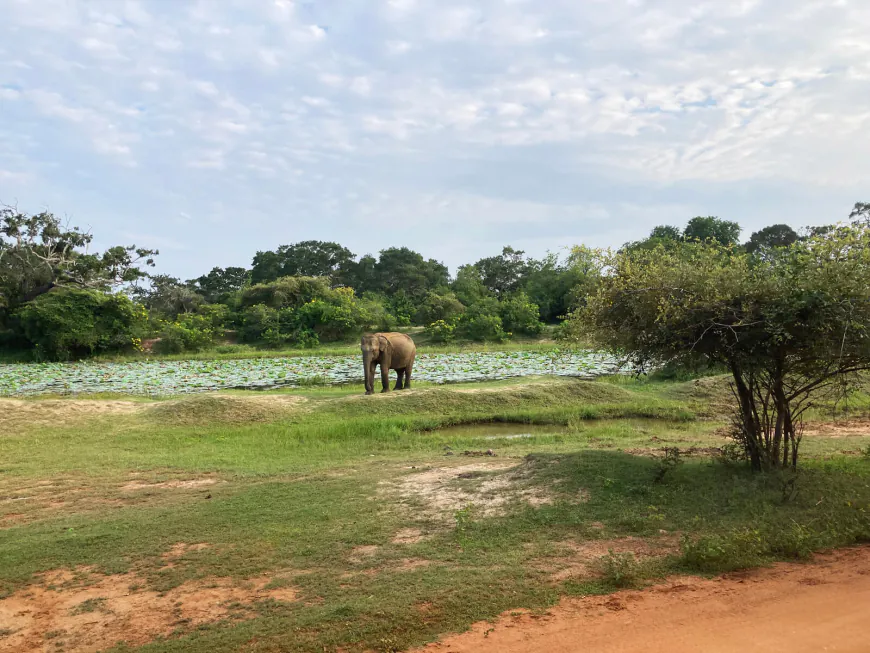
Planning a safari visit to Yala National Park requires careful consideration of booking strategies, seasonal expectations, and appropriate gear. Here's a comprehensive guide to help you prepare for your adventure:
Aspect Dry Season (Feb-Jul) Monsoon Season (Nov-Feb) Booking Tips Book 2-3 months in advance Book 1-2 months in advance Wildlife Sightings High chance, especially near water sources Fewer sightings, but lush landscapes Weather Conditions Hot and dry, temperatures up to 35°C (95°F) Cooler with occasional rain, 25-30°C (77-86°F) Crowd Levels Higher, especially May-July Lower, more peaceful experience Recommended Gear Light, breathable clothing, sun protection Waterproof gear, layers for cooler mornings Booking and Preparation:
- For peak wildlife viewing periods (February to July), it's crucial to book your safari at least 2-3 months in advance. Many lodges and tour operators offer package deals that include accommodation and safari tours. During the high season, particularly May to July, spots fill up quickly, so early booking is essential.
- Consider booking a combination of morning and afternoon safaris to maximize your chances of diverse wildlife sightings. Full-day safaris are available but can be more expensive and physically demanding.
Seasonal Expectations:
- During the dry season (February to July), expect hot and dry conditions with temperatures reaching up to 35°C (95°F). Wildlife sightings are more frequent as animals gather around water sources. The landscape may appear parched, but this enhances visibility.
- In the monsoon season (November to February), the park transforms into a lush, green landscape. While wildlife sightings may be less frequent due to the abundance of water and vegetation, you'll encounter fewer tourists and enjoy a more serene experience. Be prepared for occasional rain showers and cooler temperatures ranging from 25-30°C (77-86°F).
Packing and Gear Recommendations:
-
For the dry season, pack light, breathable clothing in neutral colors. Essential items include:
- Wide-brimmed hat and sunglasses for sun protection
- High SPF sunscreen
- Insect repellent
- Comfortable, closed-toe shoes for walking
- Binoculars for wildlife spotting
- Camera with zoom lens for photography enthusiasts
-
For the monsoon season, add these items to your packing list:
- Lightweight, waterproof jacket or poncho
- Quick-drying clothes
- Waterproof bag for electronics
- Extra layers for cooler mornings
Regardless of the season, bring a reusable water bottle to stay hydrated during your safari. Many lodges and tour operators provide water refills to reduce plastic waste.
By considering these factors and preparing accordingly, you can ensure a comfortable and rewarding safari experience in Yala National Park, regardless of the season you choose to visit.
-
Visitor Guidelines and Safety
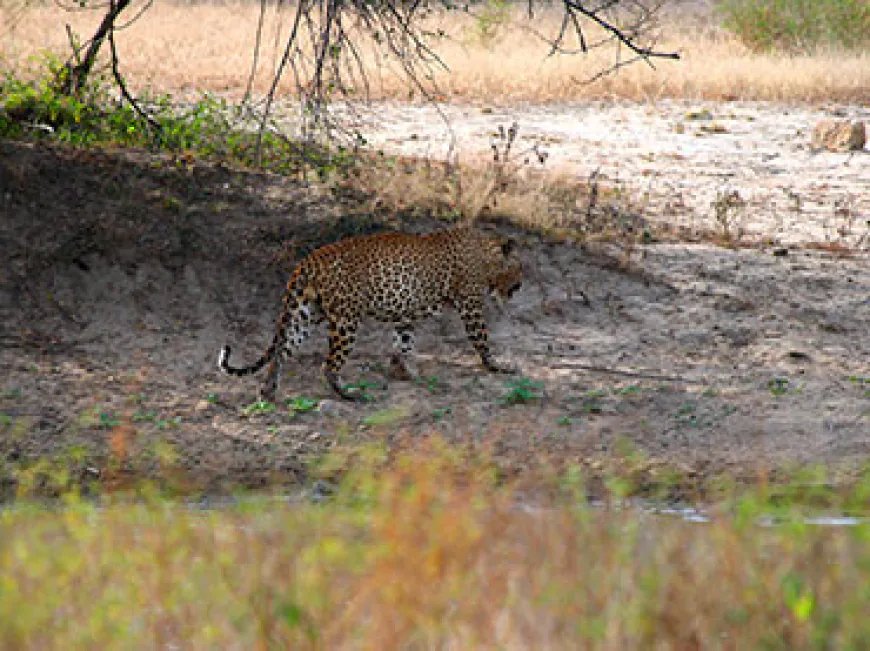
The seasonal changes in Yala National Park significantly impact wildlife behavior and visibility, offering unique experiences throughout the year. Here's a breakdown of the key seasons and their characteristics:
Season Months Characteristics Dry Season February to July - Lower water levels,Animals gather around waterholes, Increased wildlife visibility, Best time for leopard sightings (May-July),Peak wildlife activity (May-September) Monsoon Season November to February - Lush, green landscapes, Arrival of migratory birds, Challenging conditions for wildlife viewing,Some areas may become inaccessible Transition Periods August to October - Shoulder season with fewer tourists, Thicker vegetation, Park closure in September for maintenance The dry season (February to July) is considered the best time for wildlife viewing in Yala National Park. As water sources become scarce, animals congregate around remaining waterholes, increasing the chances of sightings. This period is particularly favorable for spotting leopards, with May to July offering the highest likelihood of encounters.
During the monsoon season (November to February), the park transforms into a lush, green landscape. While this period presents more challenging conditions for wildlife viewing due to dense vegetation and occasional heavy rains, it offers unique opportunities for bird enthusiasts. Migratory birds from the northern hemisphere visit the park during this time, making it ideal for birdwatching.
The transition periods, particularly August to October, serve as a shoulder season with fewer tourists. While the vegetation may be thicker, patient observers can still enjoy wildlife sightings. It's important to note that Yala National Park typically closes in September for annual maintenance and rejuvenation.
Each season in Yala National Park offers distinct advantages for wildlife viewing. The dry season provides optimal conditions for spotting large mammals, while the monsoon season showcases the park's lush beauty and diverse birdlife. Visitors should consider their specific interests and priorities when planning their safari to make the most of Yala's seasonal offerings.
-
Yala Safari Year-Round
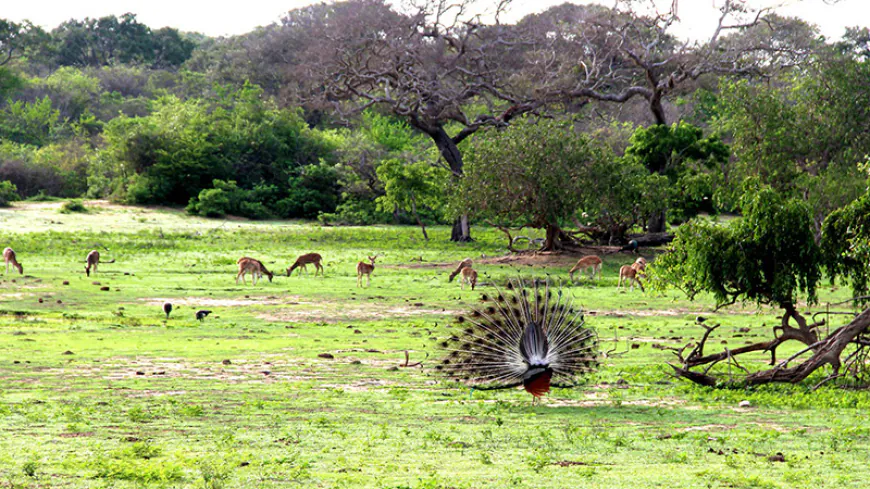
Yala National Park offers unique safari experiences throughout the year, with each season providing distinct advantages for wildlife viewing. Here's a summary of the best times to visit and key considerations for planning your safari:
February to July (Dry Season):
- Optimal conditions for wildlife spotting, especially leopards
- Animals congregate around water sources, increasing visibility
- Best for general wildlife viewing and photography
- Peak months for leopard sightings: February and March
May to September:
- Highest wildlife activity, particularly for elephants
- August sees fruiting of Palu trees, attracting sloth bears
November to April:
- Ideal for birdwatching, with migratory birds present
- Lush green landscapes due to monsoon rains
- Fewer tourists, offering a more peaceful experience
Daily Timing Considerations:
- Early morning (6:00 AM) and late afternoon safaris offer the best wildlife viewing opportunities
- Dawn and dusk are prime times for predator sightings, especially leopards
When Planning Your Visit:
- Book in advance, especially for peak season (February to July)
- Consider combining morning and afternoon safaris for diverse sightings
- Pack appropriate gear for the season (sun protection for the dry season, waterproof gear for the monsoon)
- Follow responsible wildlife viewing practices and safety precautions
Remember that wildlife sightings are never guaranteed, but visiting during these optimal periods significantly increases your chances of memorable encounters. Whether you're seeking leopards in the dry season or enjoying the lush landscapes of the monsoon, Yala National Park offers extraordinary experiences year-round. Plan your visit according to your wildlife interests and preferred conditions to make the most of your safari adventure in this remarkable Sri Lankan wilderness.
-
Connect With Yala
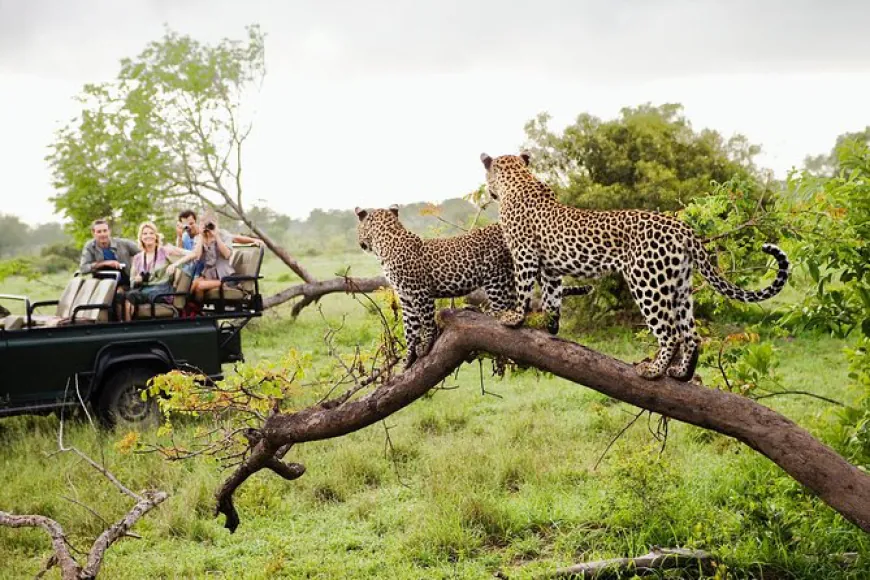
To stay connected and enhance your Yala National Park experience, consider the following:
Contact Yala Sri Lanka for more information:
- Email: [email protected]
- Phone: +94723456726
Join our newsletter for the latest updates on:
- Wildlife sightings
- Seasonal safari tips
- Special offers and packages
Engage with our community:
- Comment on our blog posts to share your experiences
- Share articles with fellow wildlife enthusiasts
- Follow us on social media for daily wildlife updates
Book your safari adventure:
- Visit our website for online booking options
- Contact our team for personalized safari packages
- Inquire about special group rates and off-peak discounts
Contribute to conservation:
- Learn about our ongoing conservation projects
- Donate to support wildlife protection efforts
- Participate in eco-friendly initiatives during your visit
Stay connected with Yala Sri Lanka for expert advice, insider tips, and the latest information to make your safari experience unforgettable. Whether you're planning your first visit or returning to explore more, we're here to assist you every step of the way.
What's Your Reaction?










































